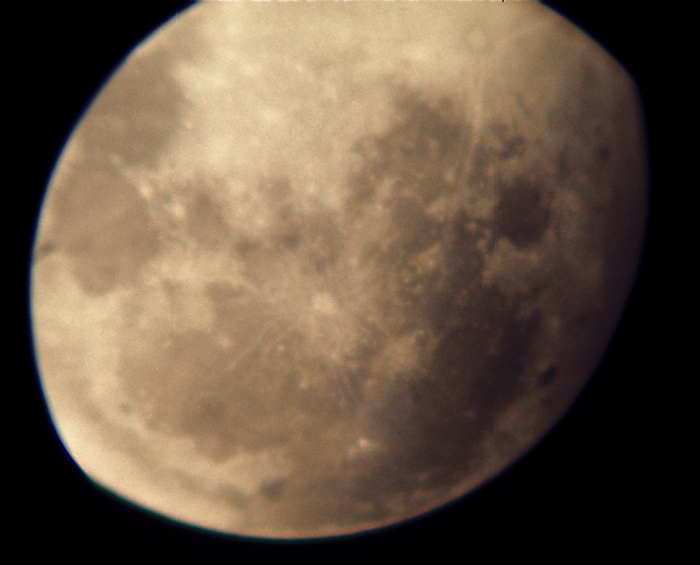
1/125 second exposure, Kodachrome 100 slide film.
5" f/5 refractor plus 12.5mm eyepiece and Yashica 50mm f/1.8 camera lens.
Taken 10 minutes before first contact with the umbra.
Rather than focus on one particular eclipse, this section contains photographs from a variety of eclipse, for which I only have one or two photographs for various reasons.
The first lunar eclipse that I have existing photographs for is that of November 29, 1974.

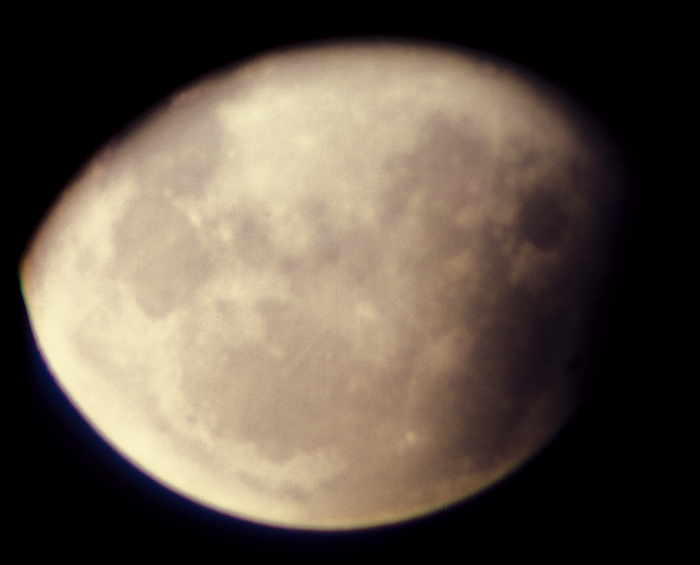
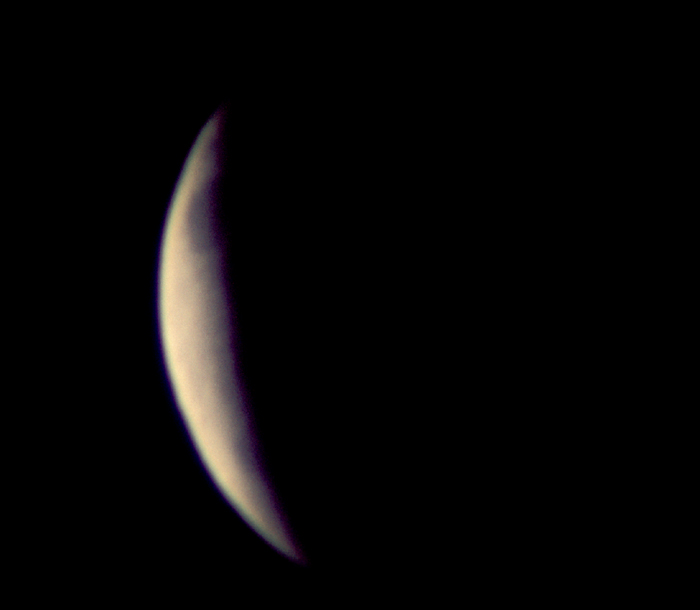
The eclipse of September 6, 1979, was very favourably placed from Western Australia. However, much of the coast was clouded out, including the city of Perth. Fortunately, I was located some 160km inland and had beautiful skies that enabled me to obtain a large number of crater timings. Unfortunately, although I also obtained a number of photographs of totality, only one still remains in existence.
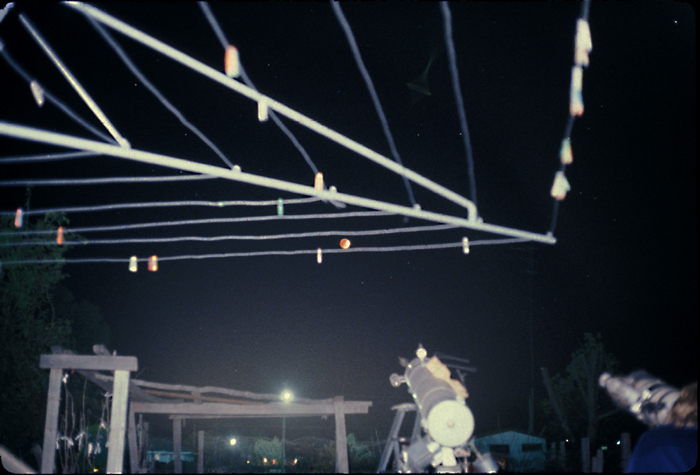
The eclipse of December 30, 1982 was an interesting one from Western Australia. The Moon rose shortly before totality ended, and so my plan was to try and photograph the totally eclipsed Moon with the Sun on the opposite horizon. It is possible to have both the eclipsed Moon and the Sun above the horizon due to atmospheric refraction. However I did have one problem. My telescope at the time (a 10" newtonian) was on a permanent mount in my back yard, and the view of the rising Moon would be blocked by the house! My solution was to take the tube and dobsonian mount for a 16" telescope that I was then constructing, (the mirrors had not yet arrived) and place the tube assembly of the 10" inside the 16" tube. This could then be taken to the local oval and used to view the eclipse.
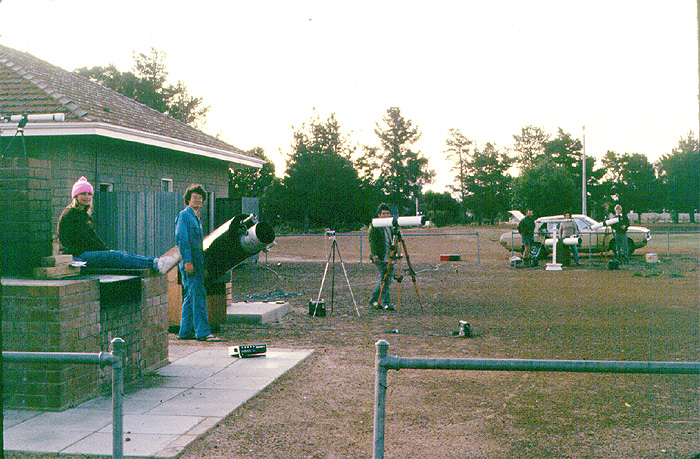
This setup caused considerable mirth amongst friends from the local astronomy club, however it did actually work, and I was able to successfully observe the eclipse. Unfortunately though, the planned photography was not so successful. It turned out that the eclipse was a very dark one and so it was not possible to see the Moon in the bright sky until it began to emerge from the shadow. As a result, no photographed of totality were obtained. Still, it was a fun night and a number of useful crater timings were obtained by myself and several other members of the club.
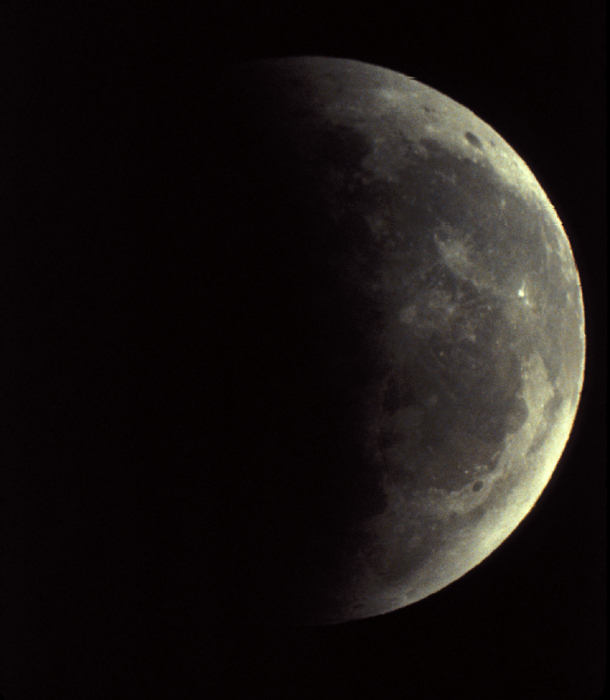
Here is a sight you do not see very often, the partially eclipsed Moon mixed in with the stars of Carina!! A wonderful example of the problem of not checking with film I was loading into the camera! The film contained several wide-field exposures I had made several nights earlier, and had removed to load a different film, forgetting in the process to number how many had been exposed! :-(
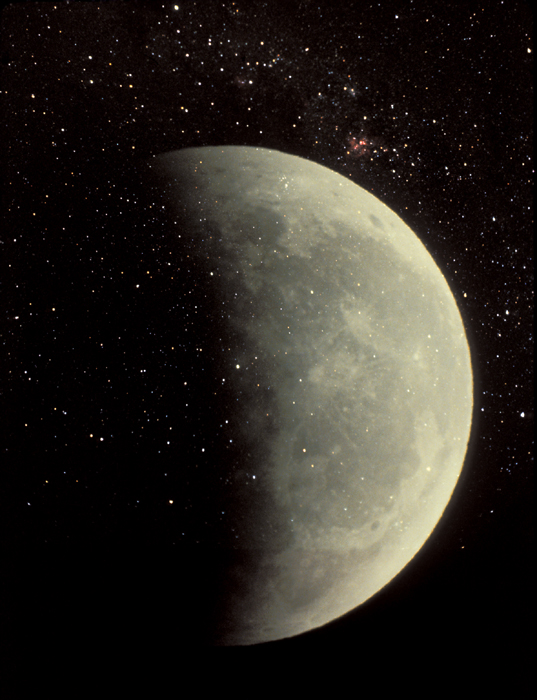
May 4/5, 1985 was the date of the next total lunar eclipse that I was able to observe. This night was also the maximum of the eta aquarid meteor shower, and the eclipse would occur during the time when the shower radient was above the horizon, so it was a good chance to observe the shower under dark skies. So during each of the partial stages I made crater timings, and during totality there was about 90 minutes to observe meteors! It was a very busy night! It also turned out to be a very cold night with quite a strong breeze blowing.
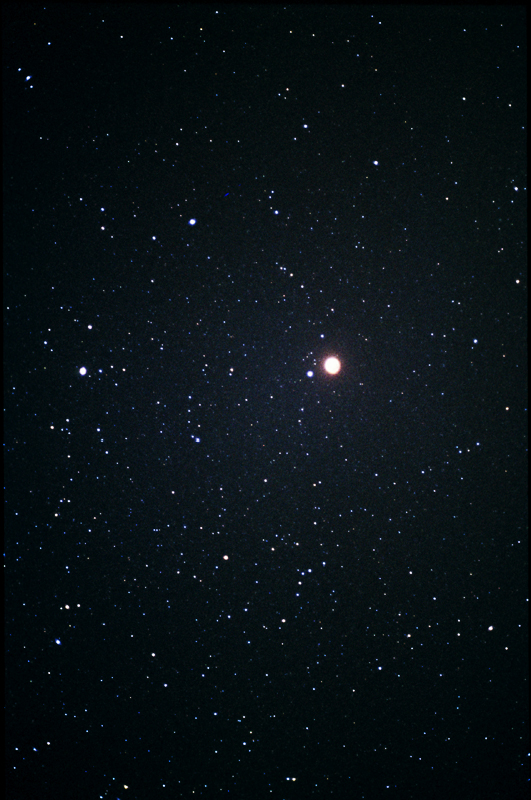
1986 was a very busy year for astronomy in Western Australia. Not only did we have a very impressive return of comet Halley as well as several other comets, there were also 2 total lunar eclipses.
The first lunar eclipse occurred on April 24. This was close to the time when comet Halley was at its brightest and it was still a very easy naked eye object, being around magnitude 3.8. I had been on a 2 week lecture tour of the regional areas of the state, finishing when the Moon became too full for the general public to get a good view of the comet. On the night of the eclipse I was about 900km north of Perth, and over 100km from the nearest town. The location promised dark skies during the eclipse and a guarantee of clear skies.
The eclipse began about an hour and a half after sunset, so twilight was over by the time the eclipse started. However with the Moon being full, the sky was still very bright. As a result, the comet, which was about 25 degrees higher than the moon, was difficult to see.
As the partial phases of the eclipse progressed, the Moon was dimmed and the sky grew darker. This made the comet more and more prominent. Not only did the coma become much more easily visible, but the tail started to become visible, growing in length as the eclipse progressed. By the time totality began, the sight was absolutely unforgettable! The sky was now quite dark and high in the sky was this bright comet with around 35 degrees of tail curving slightly and passing a little above of this deep orange/red Moon. It looked for all the world like a sword hanging in the sky with a drop of blood falling from the end! My only regret was that is was not possible to fit both the comet and the Moon in the one picture! Apart from views of a total solar eclipse, this has been the most spectacular sight I have seen in the sky!
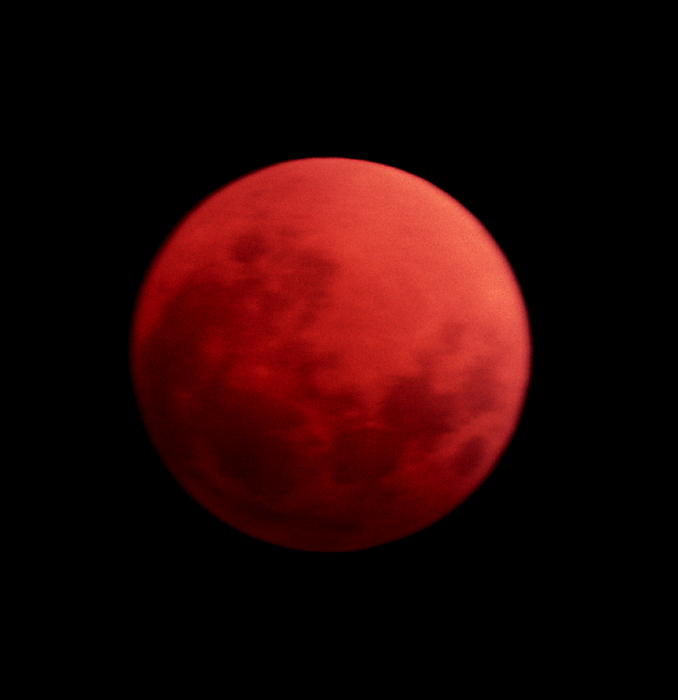
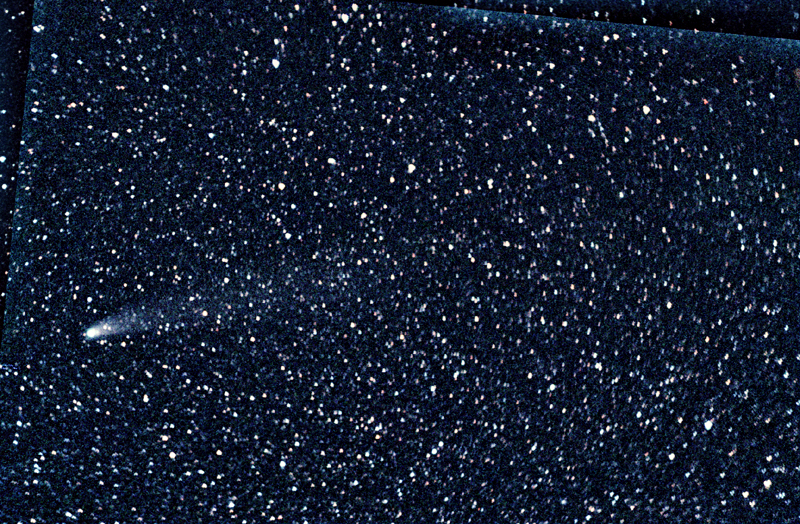
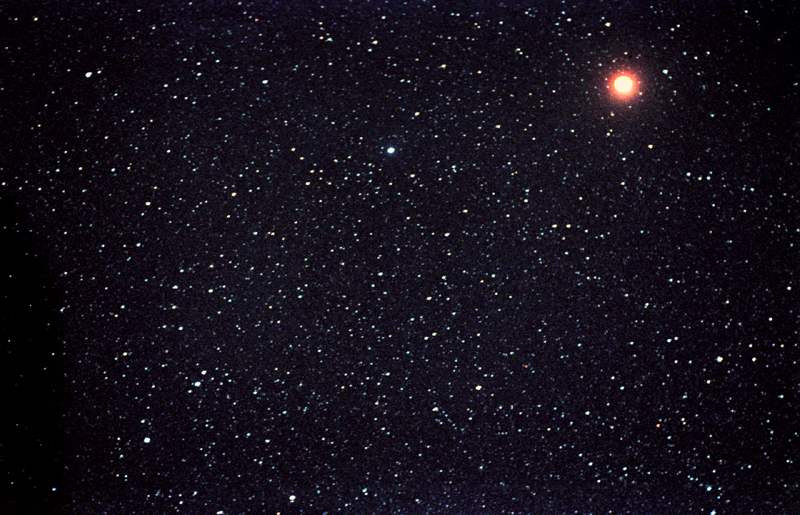
October 17, was the second of the lunar eclipses. Although all of the eclipse was visible from Western Australia, moon set shortly after the partial stages finished. This meant that the eclipse was visible during the early hours of the morning. Not the most convenient of times!
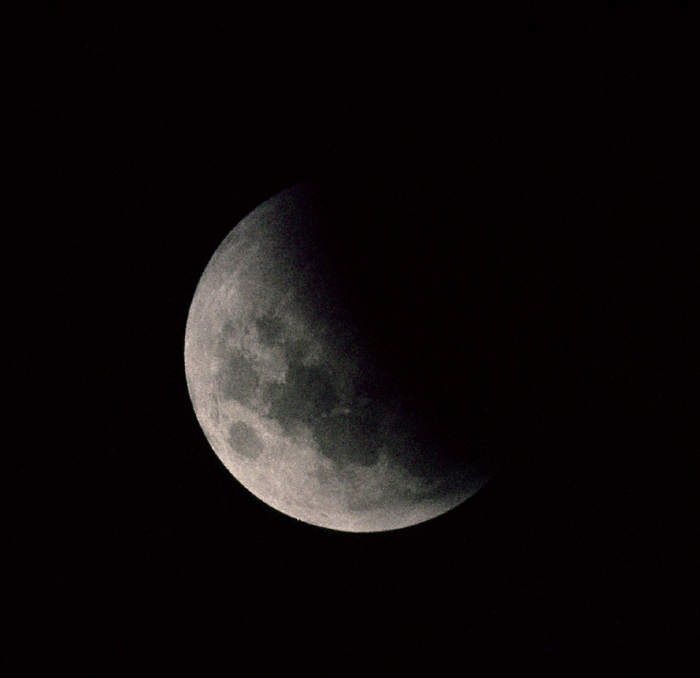
One interesting point with this eclipse that I noticed, concerned the birds. It is well known how that during a total solar eclipse, birds will become confused and will head to their nests, thinking night is falling. However as this eclipse was ending and the sky was brightening, the opposite happened! The birds started waking up and singing as though dawn was breaking! Their singing lasted about 30 minutes before they went back to sleep. I have noticed this happening on several lunar eclipses that end in the early morning. It appears to require the eclipse ends within about 2 hours of dawn.